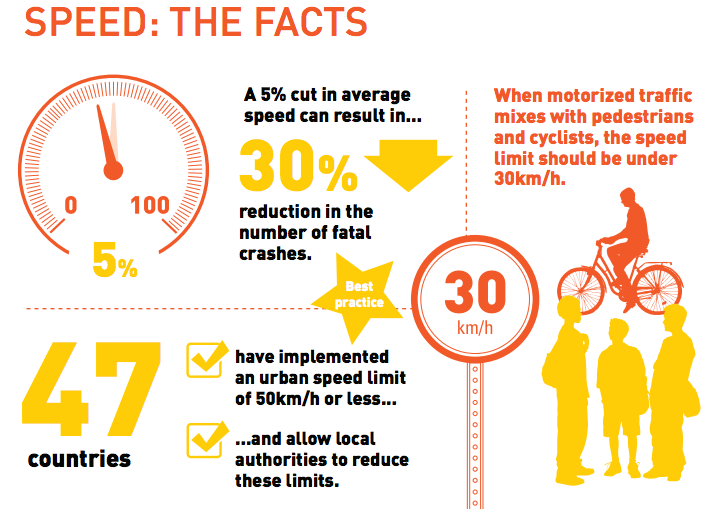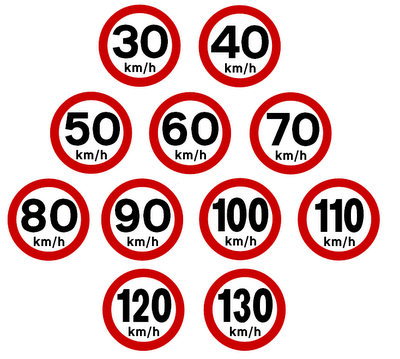Motorists are being urged to slow down to 30km/h in urban areas in the fourth annual United Nations Global Road Safety Week from today (May 8, 2017).
The UN “Save Lives #SlowDown” campaign (May 8-14, 2017) cites World Health Organisation (WHO) “research” that claims a 5% cut in average speed can result in a 30% reduction in the number of fatal road traffic crashes.
It calls for a reduction of the speed limit in urban areas where motorised traffic miles with pedestrians and cyclists to “under 30km/h”!

Like the Australian Fatality Free Friday road safety initiative, the UN campaign asks motorists to “take the pledge” to slow down and join their social media bulletin board.
It might seem very noble, but it’s a simplistic campaign to a very complex problem.
In fact, the recent 108-page WHO “Powered two- and three-wheeler safety” report identified how complex the problem is.
It gave a multitude of suggested solutions including reducing roadside hazards and providing special motorbike lanes.

- Driver education;
- Improving road standards;
- Proper accident research; and
- Increased policing patrols.
- These all cost governments money.
Instead, the UN pledge puts the emphasis on the motorist to slow down and is free, so it will no doubt be embraced by governments.
The pledge is also a concern because the UN gives credibility to the politically easy move to decrease speeds and increase speeding fines and for authorities to step up speed camera deployment.
Not only do these not cost governments a lot of money; they actually generate revenue!
So guess which way the authorities will go on this – follow the UN #slowdown campaign and reduce urban speed limits, or initiate expensive and complex solutions?
Video lesson
Meanwhile, we just thought we’d throw in this video from Portugal of a rider who hits the back of a car and lands on the roof.
What caused this crash?
Is it a case of speeding, following too closely, incorrect lane positioning by the driver, lack of rider education, a driver slowing down at the wrong time …
Like many crashes, it has a complex cause.
So the solution needs more thought than a simple pledge to slow down or to implement urban speed limits of 30km/h.


